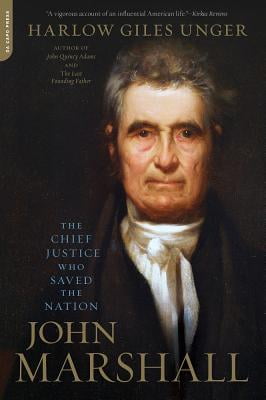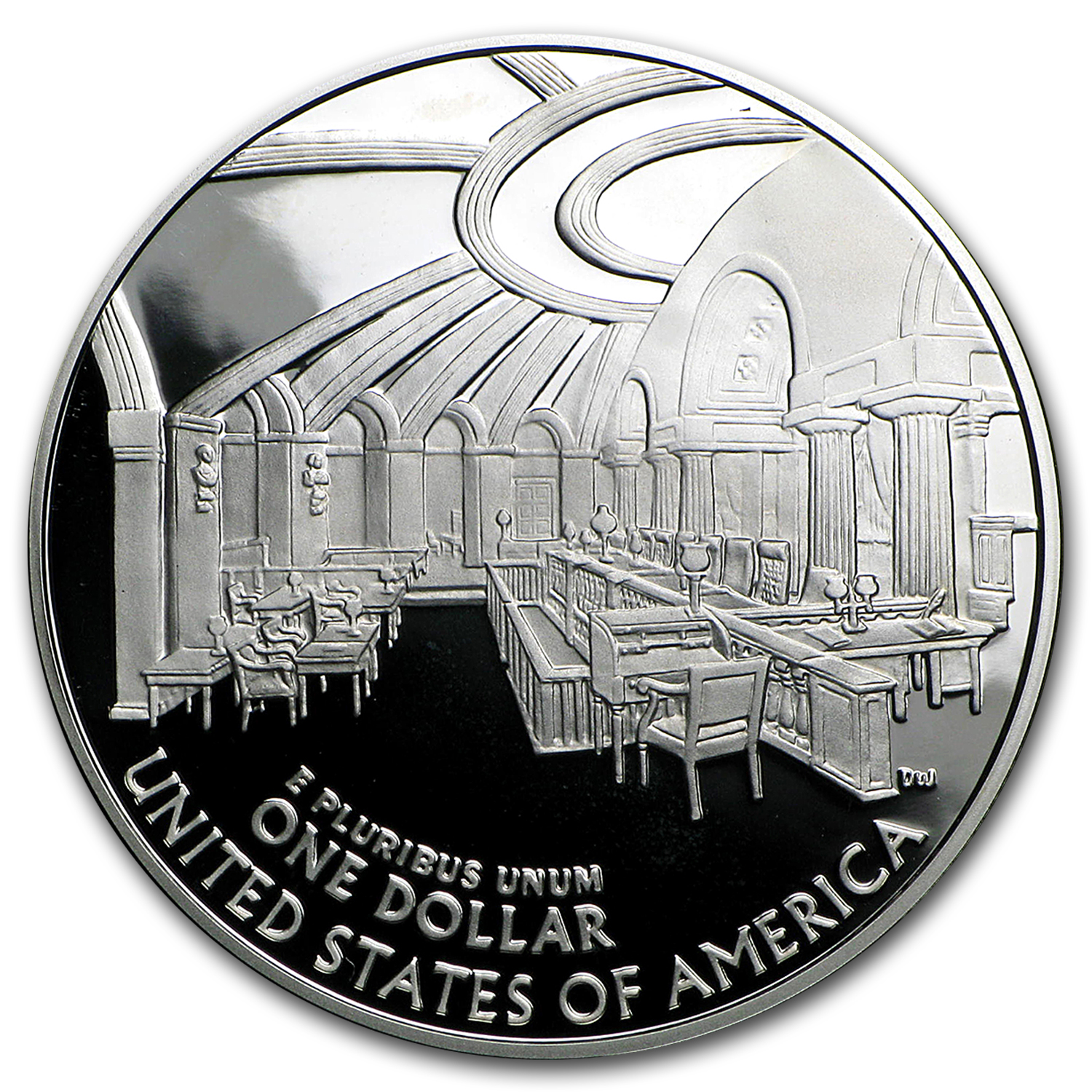

Chase resumed his duties at the bench, where he remained until his death in 1811. The Senate thereby effectively insulated the judiciary from further congressional attacks based on disapproval of judges’ opinions. A majority voted guilty on three of the eight articles, but on each article the vote fell far short of the two-thirds required for conviction. With at least six Jeffersonian Republicans joining the nine Federalists who voted not guilty on each article, the Senate on March 1, 1805, acquitted Samuel Chase on all counts. Despite a 25-9 majority of Jeffersonian Republicans in the Senate, The specific accusations were “refusing to dismiss biased jurors and of excluding or limiting defense witnesses in two politically sensitive cases.” (This was while he was riding circuit, not in Supreme Court proceedings.) Chase had made himself obnoxious to his opponents because of his “volcanic personality” and “bitter partisan rhetoric.”Īt Jefferson’s instigation, Congress initiated impeachment proceedings, and Chase was impeached March 12, 1804. Sending a shot across the bow of the court, the newly ascendant Jeffersonian Republicans moved to impeach Justice Samuel Chase. Adams’ effort to fill judicial appointments before leaving office led Jefferson and his supporters to fear a conspiracy to limit their political influence by filling the courts with Federalist partisans. When Marshall took office, the judiciary was a source of serious political controversy. (The court would not have a standalone building until 1935.) From 1801 to 1810, the court met in a conference room at the Capitol, after which it was given a dedicated room in the Capitol that was used for the next five decades.

The Supreme Court did not really have its own space until 1810.

This sounds inconceivable to us today, but with so few cases at the time, President George Washington knew Jay had enough time to serve in the post, and the political and government norms of today had not yet been established. For the last two years of his term, Jay was in England negotiating a treaty. The first chief justice, John Jay, only presided over four decisions in his five years of service, and none in the court’s first three years. Marshall was the fourth chief justice in a period of 11 years (for perspective, only 13 chief justices have served since Marshall). Supreme Court in 1801, about a month before Thomas Jefferson took office as U.S. John Marshall was nominated as chief justice of the U.S. A priority for the president was filling vacancies in federal offices, including judgeships.

In the next months, though, Adams stayed busy. After a bruising campaign, President John Adams was denied re-election in 1800.


 0 kommentar(er)
0 kommentar(er)
